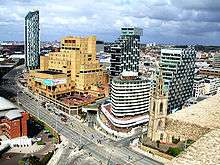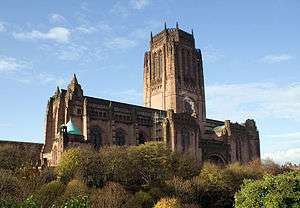Walker Art Gallery
The Walker Art Gallery is an art gallery in Liverpool, which houses one of the largest art collections in England outside London. It is part of the National Museums Liverpool group and is promoted as "the National Gallery of the North". It is funded directly by the UK government.
Walker Art Gallery, Liverpool City Centre | |
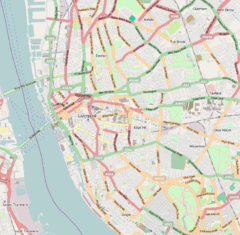 Location within Liverpool | |
| Established | 1877 |
|---|---|
| Location | William Brown Street, Liverpool, England, United Kingdom |
| Coordinates | 53.4100°N 2.9796°W |
| Visitors | 295,916 (2017)[1] |
| Founder | Sir Andrew Barclay Walker |
| Architect | Cornelius Sherlock & H. H. Vale |
| Public transit access | |
| Website | www |
History of Gallery and origins of the collection
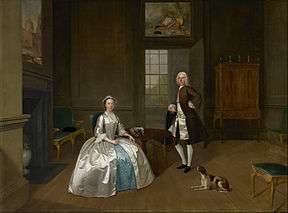
The Walker Art Gallery's collection dates from 1819 when the Liverpool Royal Institution acquired 37 paintings from the collection of William Roscoe, who had to sell his collection following the failure of his banking business, though it was saved from being broken up by his friends and associates.
In 1843, the Royal Institution’s collection was displayed in a purpose-built gallery next to the Institution’s main premises. In 1850 negotiations by an association of citizens to take over the Institution’s collection, for display in a proposed art gallery, library and museum, came to nothing.
The collection grew over the following decades: in 1851 Liverpool Town Council bought Liverpool Academy’s diploma collection and further works were acquired from the Liverpool Society for the Fine Arts, founded in 1858. The competition between the Academy and Society eventually led to both collapsing.
William Brown Library and Museum opened in 1860, named after a Liverpool merchant whose generosity enabled the Town Council to act upon an 1852 Act of Parliament which allowed the establishment of a public library, museum and art gallery, and in 1871 the council organised the first Liverpool Autumn Exhibition, held at the new library and museum.
The success of the exhibition enabled the Library, Museum and Arts Committee to purchase works for the council’s permanent collection, buying around 150 works between 1871 and 1910. Works acquired included WF Yeames’ And when did you last see your father? and Dante Gabriel Rossetti’s Dante’s Dream.[2]
Foundation and development of the gallery
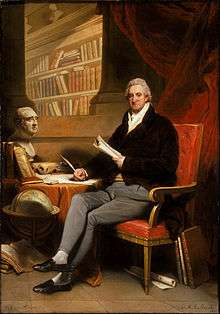
Designed by local architects Cornelius Sherlock and H. H. Vale, the Walker Art Gallery was opened on 6 September 1877 by Edward Henry Stanley, 15th Earl of Derby. It is named after its founding benefactor, Sir Andrew Barclay Walker (1824–1893), a former mayor of Liverpool and wealthy brewer born in Ayrshire who expanded the family business to England and moved to live in Gateacre.
In 1893, the Liverpool Royal Institution placed its collection on long-term loan to the gallery and in 1948 presented William Roscoe's collection and other works. This occurred during post-war reconstruction when the gallery was closed, re-opening in 1951. During the Second World War the gallery was taken over by the Ministry of Food and the collection was dispersed for safety.
Extensions to the gallery were opened in 1884 and 1933 (following a two-year closure) when the gallery re-opened with an exhibition including Picasso and Gauguin. In 2002 the gallery re-opened following a major refurbishment.
In 1986, the gallery achieved national status, as part of the National Museums and Galleries on Merseyside.[3][4]
- Old Masters
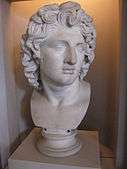 Bust of Alexander the Great
Bust of Alexander the Great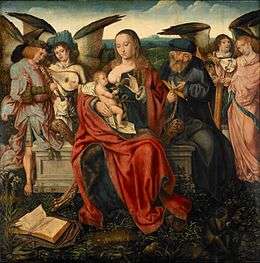 Holy Family with Music Making Angels
Holy Family with Music Making Angels Hans Holbein the Younger - Portrait of Henry VIII
Hans Holbein the Younger - Portrait of Henry VIII_-_Portrait_of_Queen_Elizabeth_I_-_Google_Art_Project.jpg) Nicholas Hilliard - Portrait of Queen Elizabeth I
Nicholas Hilliard - Portrait of Queen Elizabeth I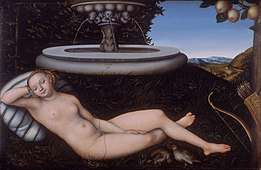 Lucas Cranach the Elder - The Nymph of the Fountain
Lucas Cranach the Elder - The Nymph of the Fountain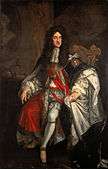 Godfrey Kneller - King Charles II
Godfrey Kneller - King Charles II_-_Meleager_and_Atalanta_-_Google_Art_Project.jpg) Peter Paul Rubens - Meleager and Atalanta
Peter Paul Rubens - Meleager and Atalanta
Collection
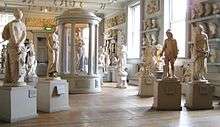
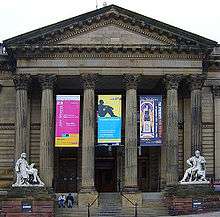
The Walker's collection includes Italian and Netherlandish paintings from 1300–1550, European art from 1550–1900, including works by Giambattista Pittoni, Rembrandt, Poussin and Degas, 18th and 19th-century British art, including a major collection of Victorian painting and many Pre-Raphaelite works, a wide collection of prints, drawings and watercolours, 20th-century works by artists such as Lucian Freud, David Hockney and Gilbert and George and a major sculpture collection.[5] The select collection of minor or decorative arts covers a wide range, from Gothic ivories to British ceramics up to the present day.
The first John Moores Contemporary Painting Prize exhibition was held in 1957. Sponsored by Sir John Moores, founder of Littlewoods, the competition has been held every two years ever since and is the biggest painting prize in the UK.[6]
There is a regular programme of temporary exhibitions which in 2009-10 has included Aubrey Williams, Bridget Riley, Sickert and Freud.[7]
In 2004, the gallery staged The Stuckists Punk Victorian, the first national museum exhibition of the Stuckist art movement.[8] The Gallery also takes part in the Liverpool Biennial.
The gallery is located on William Brown Street (the only street in the UK to consist of nothing other than museums, galleries and libraries) in a neo-Classical building.
The neighbouring area includes the William Brown Library, World Museum Liverpool, St. George's Hall, Wellington's Column, Lime Street Station and the entrance to the Queensway Tunnel. The other major art gallery in Liverpool is Tate Liverpool, at the Albert Dock, which houses modern art.
On 17 December 2011, the Walker Art Gallery got a new addition to its collection - a statue of a priest vandalised by Banksy. The renowned graffiti artist has sawn off the face of an 18th-century replica stone bust and glued on a selection of bathroom tiles. The resulting 'pixellated' portrait is entitled Cardinal Sin and is believed to be a comment on the abuse scandal in the Church and its subsequent cover-up. This piece of art is displayed in Room three, which is one of the 17th-century Old Master galleries.[9]
As of 2 July 2013, the La Masseuse sculpture by Edgar Degas, previously owned by Lucian Freud, found a permanent home at the Walker Art Gallery, thanks to the donation-in-payment system put in place by the Arts Council England.[10]
Collections
- Collection
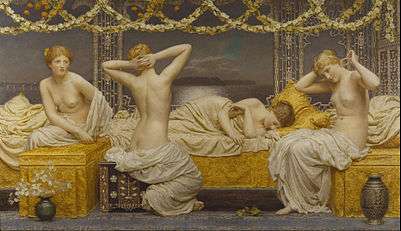 Albert Joseph Moore - A Summer Night
Albert Joseph Moore - A Summer Night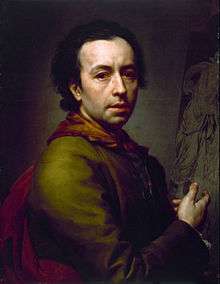 Anton Raphael Mengs - Self Portrait
Anton Raphael Mengs - Self Portrait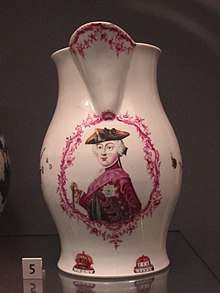 Frederick of Prussia porcelain jug
Frederick of Prussia porcelain jug_-_The_Sense_of_Sight_-_Google_Art_Project.jpg) Annie Louisa Swynnerton (née Robinson) - The Sense of Sight
Annie Louisa Swynnerton (née Robinson) - The Sense of Sight
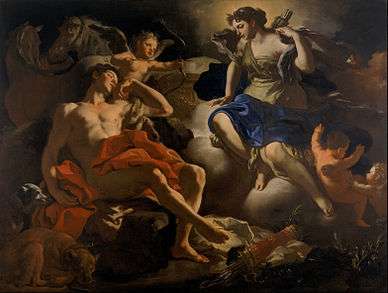 Francesco Solimena - Diana and Endymion
Francesco Solimena - Diana and Endymion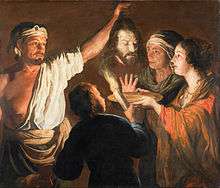 William Dobson - The Executioner with the Head of John the Baptist
William Dobson - The Executioner with the Head of John the Baptist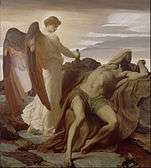 Lord Frederic Leighton - Elijah in the Wilderness
Lord Frederic Leighton - Elijah in the Wilderness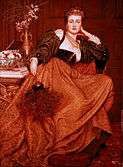 Valentine Cameron Prinsep - Leonora of Mantua
Valentine Cameron Prinsep - Leonora of Mantua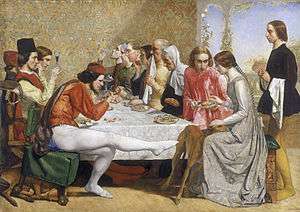
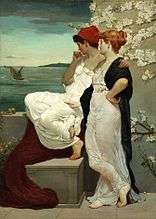 Robert Fowler - Women of Phoenicia
Robert Fowler - Women of Phoenicia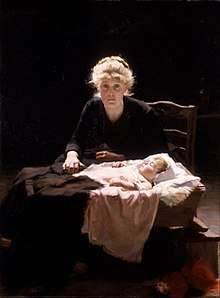 Margaret Bernardine Hall - Fantine
Margaret Bernardine Hall - Fantine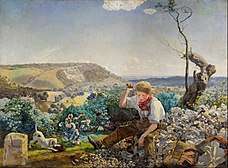 John Brett - The Stonebreaker
John Brett - The Stonebreaker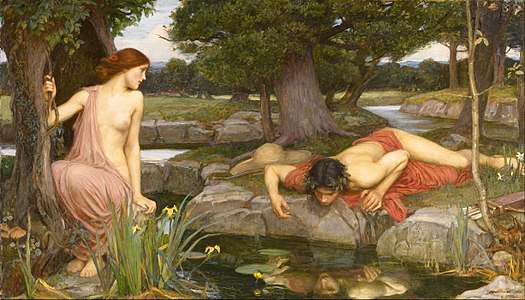
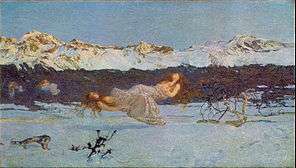
References
- "ALVA - Association of Leading Visitor Attractions". www.alva.org.uk. Retrieved 26 April 2018.
- "The origins of the collection, 1819-1871", National Museums Liverpool Retrieved 25 June 2010
- "The foundation of the Walker Art Gallery ", National Museums Liverpool Retrieved 25 June 2010
- "Expansion and growth of the Walker Art Gallery", National Museums Liverpool Retrieved 25 June 2010
- "Collections", National Museums Liverpool Retrieved 25 June 2010
- "John Moores Contemporary Painting Prize", National Museums Liverpool Retrieved 25 June 2010
- "Exhibition archive", National Museums Liverpool Retrieved 25 June 2010
- Moss, Richard (17 September 2004). "Stuckist's Punk Victorian gatecrashes Walker's Biennial". Culture24. Retrieved 3 December 2009.
- "Banksy sculpture at the Walker Art Gallery in Liverpool". Liverpool museums. Retrieved 12 March 2012.
- "Degas finds refuge at the Walker Art Gallery".
External links
| Wikimedia Commons has media related to Walker Art Gallery. |
